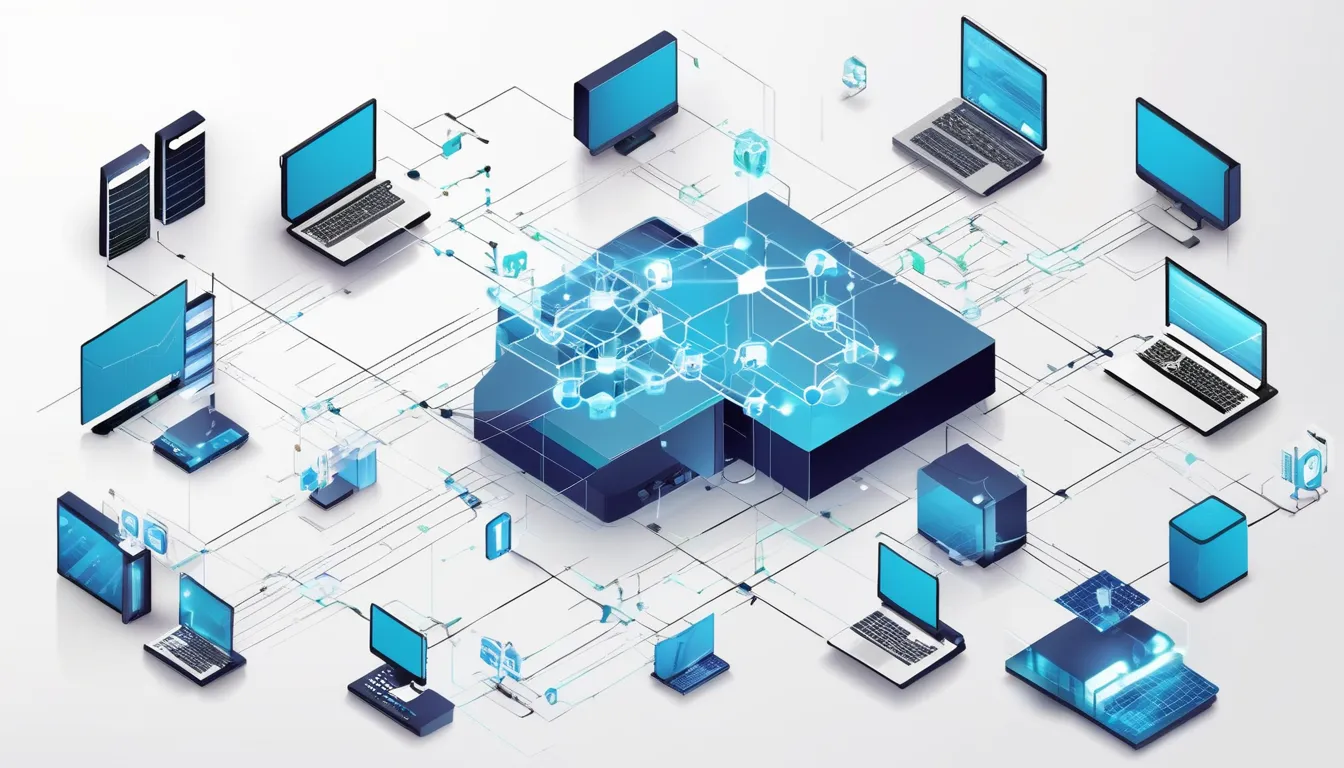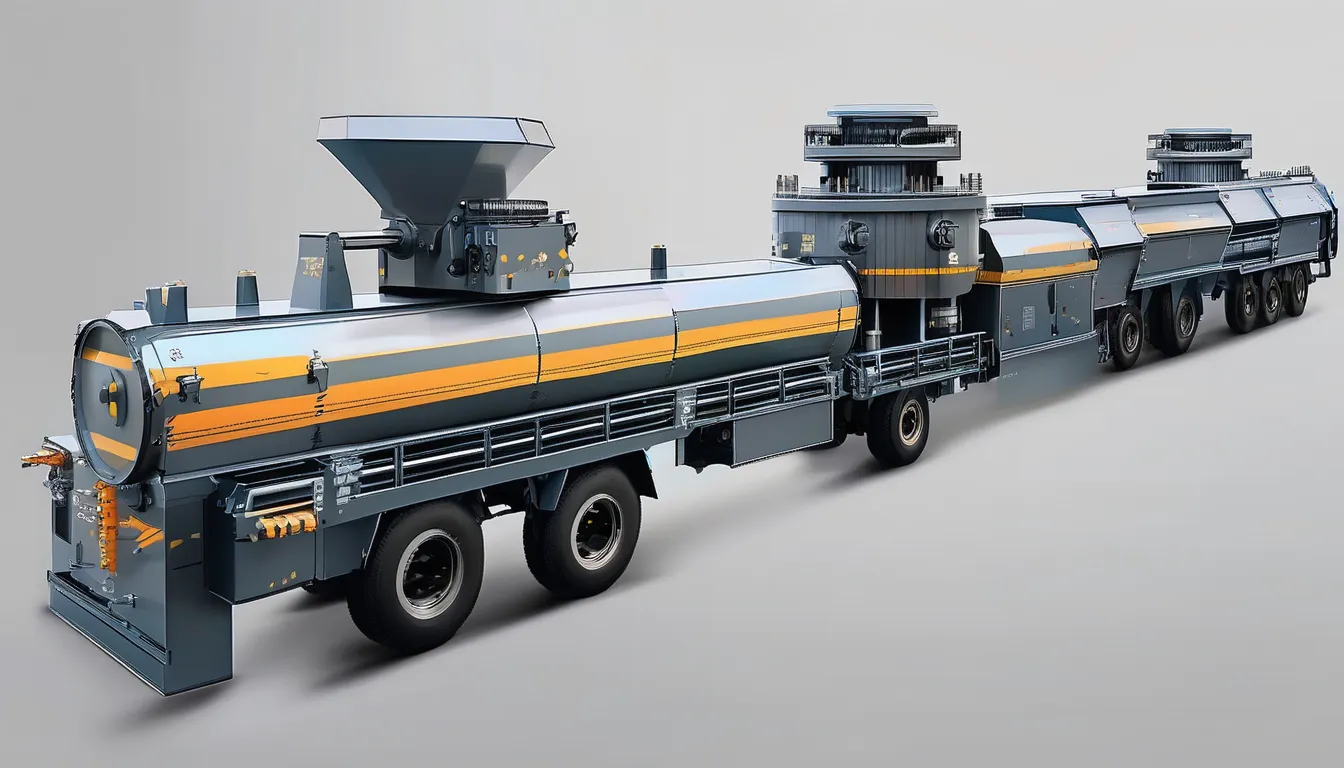
You’re likely no stranger to the buzz around AI and machine learning, but it’s one thing to hear about these technologies and another to truly understand their potential impact on the future of information technology. As you consider the role AI and machine learning will play in your organization, you may be wondering how they can drive real change and growth. From streamlining processes to enabling real-time data analysis, the possibilities are vast. But what does this mean for your IT infrastructure, and how can you prepare webhosting the inevitable shift that’s on the horizon?
Transforming Business Operations
As you navigate the ever-evolving business landscape, AI and machine learning are transforming operations in profound ways.
They’re streamlining processes, automating tasks, and making data-driven decisions more efficient. You’re likely seeing these changes in your own organization, where AI-powered tools are being integrated into workflows.
One key area where AI and machine learning are making an impact is in predictive maintenance. By analyzing data from sensors and equipment, these technologies can identify potential issues before they become major problems.
This means you can schedule maintenance and repairs during downtime, reducing the risk of unexpected disruptions.
You’re also seeing the benefits of AI and machine learning in supply chain management. These technologies can analyze real-time data on inventory levels, shipping routes, and weather patterns to optimize logistics and reduce costs.
As a result, you can respond more quickly to changes in demand and improve customer satisfaction. By embracing these technologies, you can stay ahead of the competition and drive business growth.
Artificial Intelligence Applications
You’ve already seen the potential of AI and machine learning in transforming business operations.
Now, let’s dive into the various artificial intelligence applications that are changing the game. AI is no longer just a buzzword; it’s a reality that’s being used in numerous industries to drive innovation and growth.
Some of the most notable AI applications include:
- Virtual Assistants: AI-powered virtual assistants, like Siri, Alexa, and Google Assistant, are being used to simplify tasks and provide personalized experiences.
- Image Recognition: AI-powered image recognition is being used in healthcare, security, and retail to analyze images and make data-driven decisions.
- Natural Language Processing: AI-powered NLP is being used in chatbots, sentiment analysis, and language translation to improve human-computer interaction.
- Predictive Maintenance: AI-powered predictive maintenance is being used in manufacturing and logistics to predict equipment failures and reduce downtime.
These AI applications are just the tip of the iceberg, and as technology continues to evolve, we can expect to see even more innovative use cases emerge.
Machine Learning Advantages
Machine Learning Advantages
Many organizations are now leveraging machine learning to drive business success, and for good reason. By automating tasks and analyzing vast amounts of data, you can unlock new insights and make more informed decisions. One of the key advantages of machine learning is its ability to improve accuracy over time.
| Advantages | Description |
|---|---|
| Increased Efficiency | Automates tasks, freeing up resources for more strategic work. |
| Improved Accuracy | Analyzes vast amounts of data, reducing errors and improving decision-making. |
| Enhanced Customer Experience | Provides personalized experiences, improving customer satisfaction and loyalty. |
| Competitive Advantage | Enables organizations to stay ahead of the competition, driving growth and innovation. |
Future of IT Infrastructure
Embracing the future of IT infrastructure involves preparing your organization for the inevitable shift towards more agile and adaptable systems.
As AI and machine learning continue to advance, traditional IT infrastructures will struggle to keep up. You’ll need to rethink your approach to infrastructure, focusing on scalability, flexibility, and automation.
To prepare for this shift, consider the following key areas of focus:
- Cloud-native infrastructure: Leverage cloud services to create a more agile and scalable infrastructure that can support the demands of AI and machine learning workloads.
- Containerization and microservices: Adopt containerization and microservices architectures to enable greater flexibility and faster deployment of applications.
- Software-defined infrastructure: Implement software-defined infrastructure to create a more automated and programmable infrastructure that can adapt to changing demands.
- Edge computing: Invest in edge computing to reduce latency and improve real-time processing capabilities, essential for many AI and machine learning applications.
Overcoming Implementation Challenges
When implementing AI and machine learning solutions, it’s not uncommon to hit roadblocks due to existing infrastructure constraints. You might find that your current systems and networks aren’t equipped to handle the increased computational demands of AI and machine learning.
To overcome this, you need to assess your infrastructure and identify areas that require upgrades or modifications.
You should start by evaluating your data storage and processing capabilities. Consider investing in cloud-based services or upgrading your on-premise infrastructure to support the increased data volumes and processing requirements.
Additionally, you should ensure that your network architecture can handle the high-speed data transfer rates required by AI and machine learning applications.
You also need to address the skills gap within your organization.
Provide training and development opportunities for your IT staff to ensure they’ve the necessary skills to implement and manage AI and machine learning solutions.
Conclusion
You’re on the cusp of a revolution that’s transforming the future of information technology. AI and machine learning are streamlining processes, automating tasks, and driving innovation. As you navigate this shift, remember that cloud-native infrastructure, containerization, and edge computing will support evolving AI and machine learning workloads. By embracing these technologies, you’ll unlock agile and adaptable systems, driving business growth and improved customer satisfaction. The future of IT is here – are you ready?




